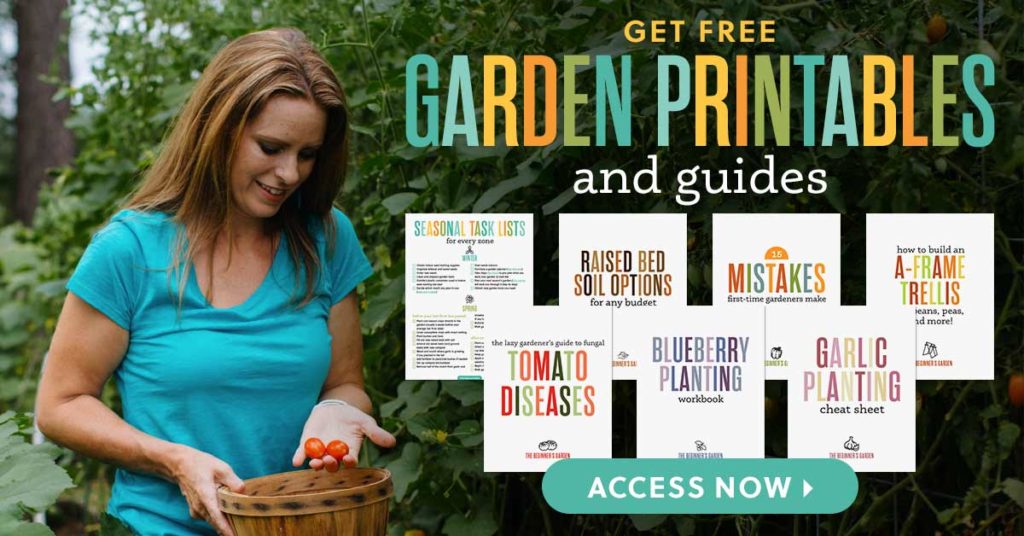Money Saving Crops to Grow in Your Garden This Year
Are you growing a garden this year to save money on groceries? If so, some crops will save you more money than others. And, if lack of time or garden space limits how many crops you grow, consider choosing from this list to get more “bang for your buck.”
First, here is a little background on my story and how I have used my garden to save me money on groceries for over a decade. In 2013, I quit my job to become a stay-at-home mom. It was then that I started gardening because I wanted to save money on our grocery expense.
As I’ve continued to grow more food in my own garden, our grocery bill hasn’t seen the steep increase that most others have. Most of that I can attribute to not only my garden, but also my focus on growing crops that save me the most money.
As you consider my top picks, just remember, if there is one that your family doesn’t eat then don’t grow that crop! Grow what you know your family likes and they will actually eat.
*Links below contain affiliate links meaning that if you click-through, I will get a small commission at no cost to you*
Herbs
This is a huge money saver for me. Most herbs — whether you buy them fresh or dried — can be very expensive at the store. In the case of fresh herbs, you pay quite a bit for a very small amount.
When you can grow herbs yourself, you can get a lot off of one plant. Plus, herbs, in comparison to vegetables and fruit, take up little space, making it the top pick for gardener with a small space. Herbs are ideal for containers as well.
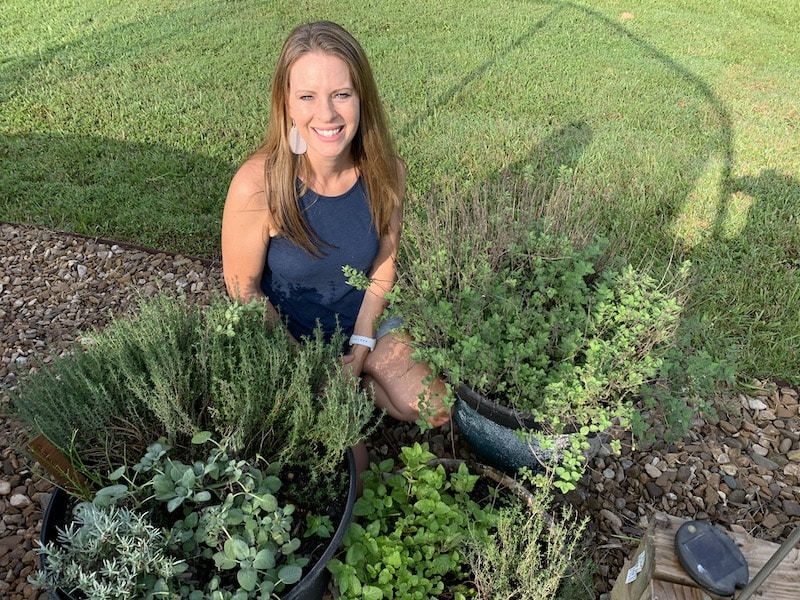
The benefits of growing herbs to save money don’t end there, however. Many herbs are perennial, meaning that you’ll plant once and harvest for years to come. (Learn more about perennial kitchen herbs here.)
When deciding which herbs to grow in your garden, first take a look at what herbs you use in your kitchen. From there, decide which ones of these you might be able to grow and preserve yourself. Here are many gardeners’ top picks:
- Basil
- Dill
- Cilantro
- Rosemary
- Thyme
- Sage
- Oregano
- Marjoram
- Mint
- Chives
(Learn more about preserving herbs for your kitchen here.)
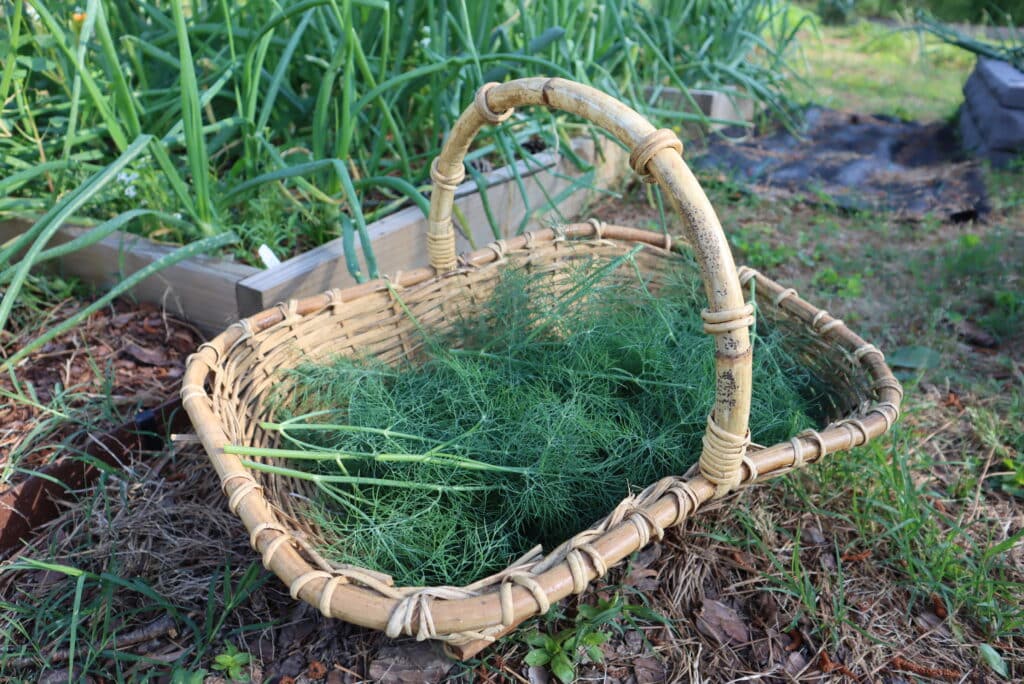
Lettuce and Salad Greens
If you enjoy salads, growing your own lettuce and salad greens is a great money-saving option. They are easy for beginners to grow, especially in the spring. Purchasing a seed packet for lettuce or arugula, for example, only costs a few bucks, and most packets contain hundreds of seeds. When you compare that to the price tag of a salad blend mix at the grocery store, you can see how quickly the savings adds up!
The benefit to all gardeners — but especially small-space gardeners — is that lettuce and greens don’t take up much room in your garden. They are also a great candidate for container gardening or growing in a Greenstalk Vertical Planter.
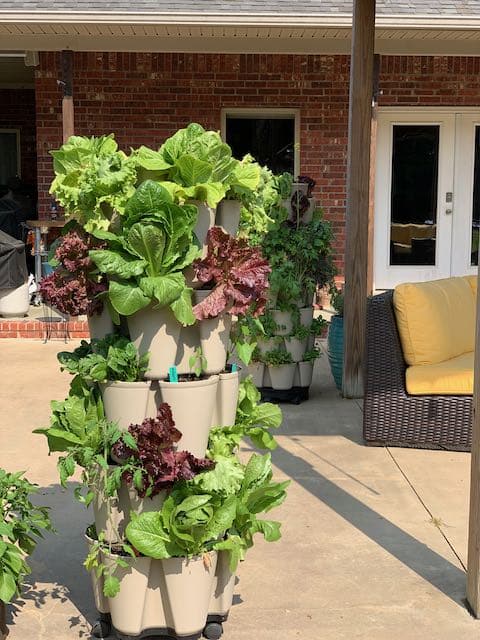
Bell Peppers
Bell peppers can be expensive, especially if you buy organic. Conventionally-grown peppers are routinely listed in the Environmental Working Group’s list of the “Dirty Dozen,” which means they are one of the most heavily sprayed produce items. This is just another reason to grow your own bell peppers, but saving money is definitely a perk as well.
One bell pepper plant should give you around 5-10 peppers on average. Whether you are growing them from seed or purchasing a transplant from the garden center, either way you will save money by growing them yourself.
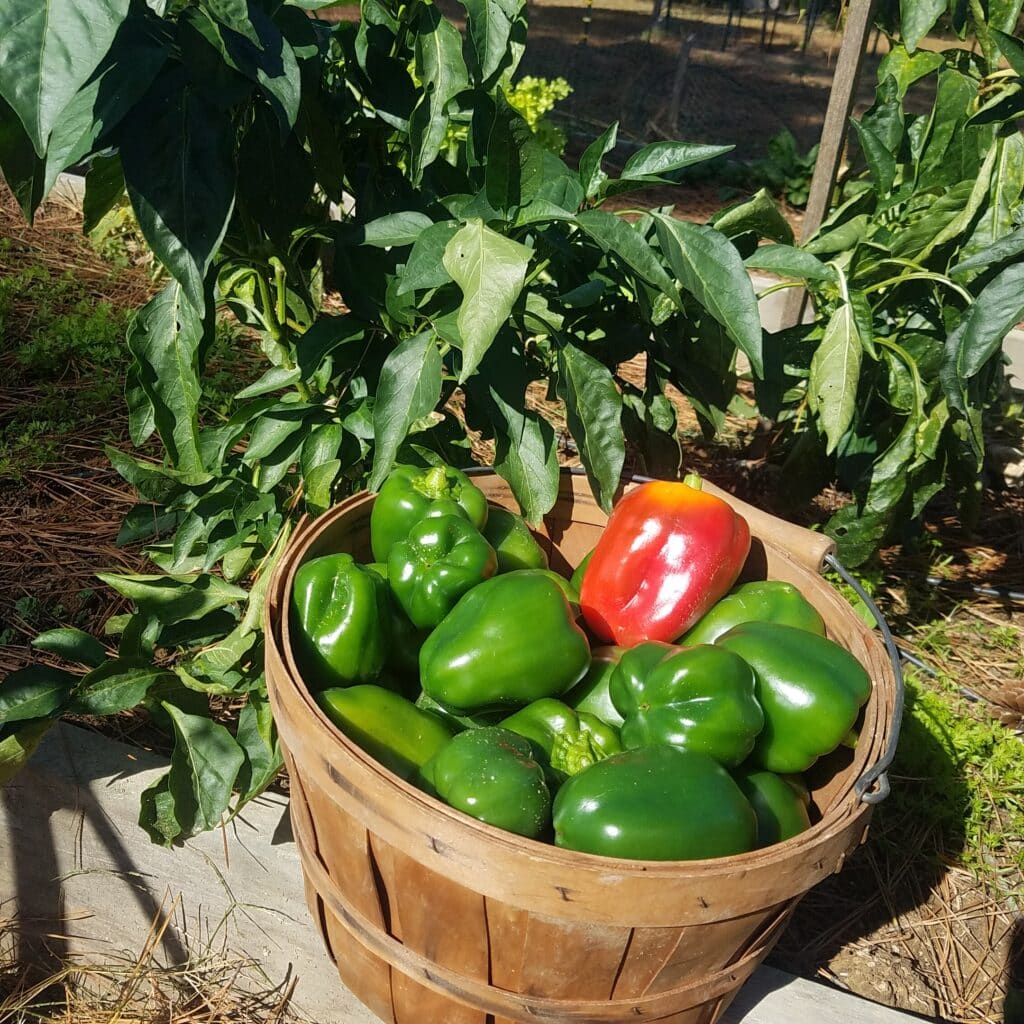
They can be preserved easily by chopping them and freezing them. You can even dehydrate them.
Just by growing a handful of bell pepper plants per year, in any given year I am able to have enough bell peppers to last our family all year in their fresh, frozen, or dehydrated form.
Mini Sweet Peppers
Mini sweet peppers are a summer favorite, especially when cooked on a grill. While the peppers are similar to bell pepper, they are smaller and more expensive. Purchasing these from the store is expensive for a very small amount. One plant can grow a lot of these small peppers saving you a lot during the summer.
Not only that, but mini sweet peppers are often easier for gardeners with shorter summers to grow in their gardens than bell peppers.
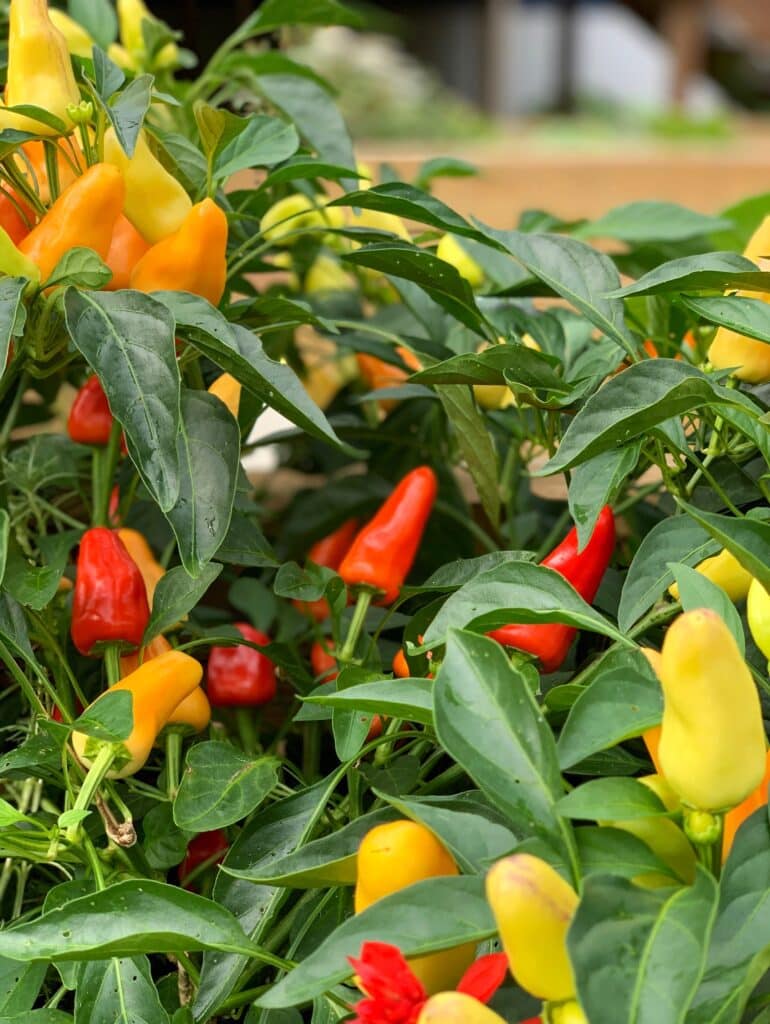
Melons
This might be my personal favorite crop to grow. I love watermelons and cantaloupe in the summer and while you can get them from the store, the best ones usually come from a stand along the side of the road. Those melons can be very pricy though ($10 per melon is not uncommon), so growing them yourself can save you money.
Most melon plants will give you 1-4 fruit per plant and seeds for those are pretty inexpensive and easy to grow in the summer months. One or two plants will probably be enough for your family for the season.
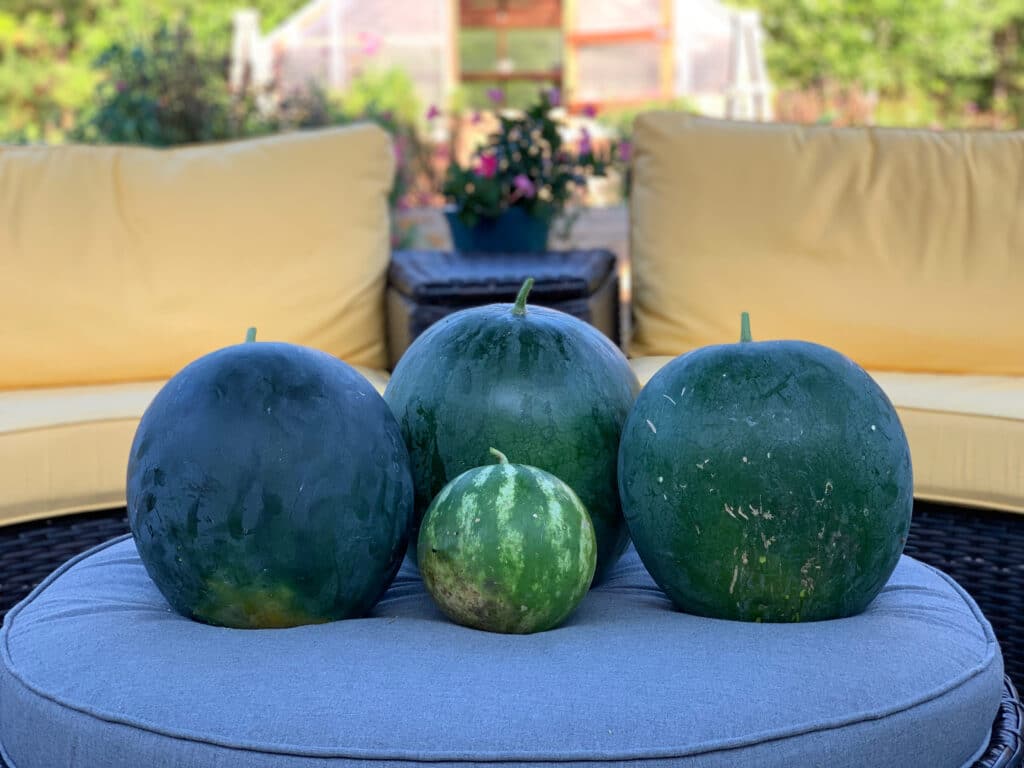
Sweet Potatoes
Sweet potatoes is easy for all of us who live in the south. They love long, hot summers and tolerate dry weather.
I have been growing them the past few of years in my garden and they require very little from me throughout the season. They also store well in a cool room of your house. Once I harvest them, I can store them for about six months to use throughout the winter.
Then, I use sweet potatoes from that harvest to develop new sweet potato slips for the following year. This has been a money-saving crop for multiple seasons, since I haven’t had to purchase sweet potatoes OR sweet potato slips since I started growing them several years ago.
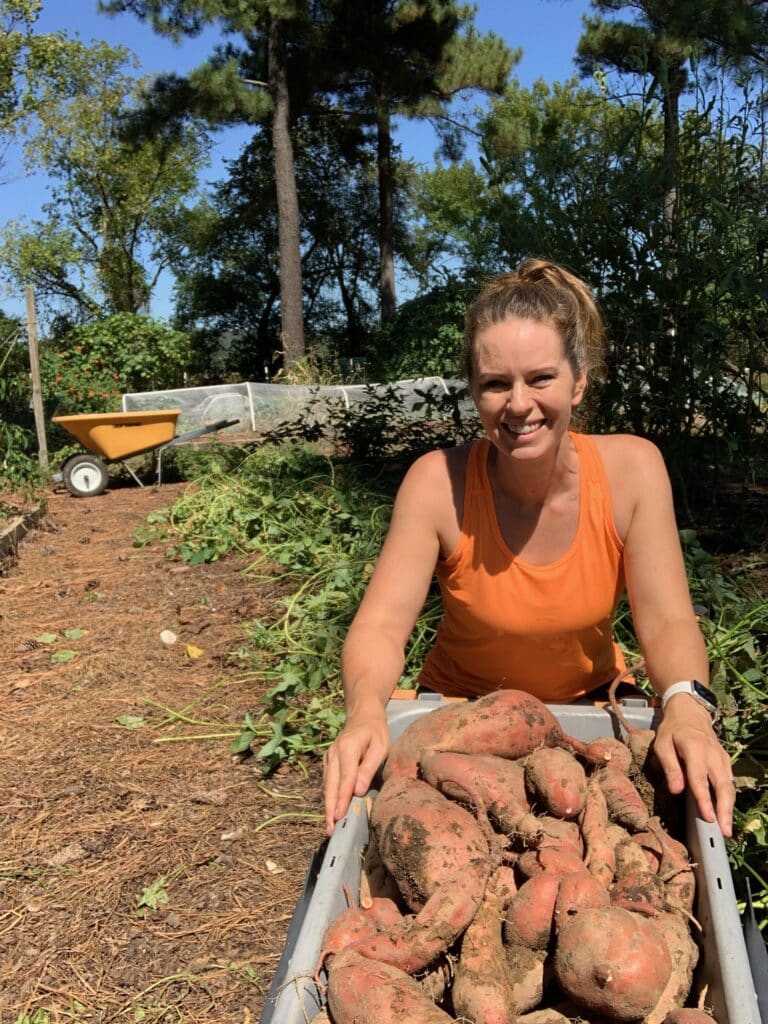
Blueberries
While purchasing berry bushes — like blueberries, raspberries, and blackberries — may be an expense at the beginning, they pay for themselves over time. Most are perennial in most zones. This means they will come back year after year. My blueberry bushes are over ten years old.
Blueberries will begin to produce a lot after just a year or two if placed in full sun with the right soil conditions. The fruit that they bear can be preserved for off season use as well. (My favorite is freezing and dehydrating.)
Another benefit is that if the berry plants are taken care of over time, you could eventually have enough to sell if that’s something you wish to do.
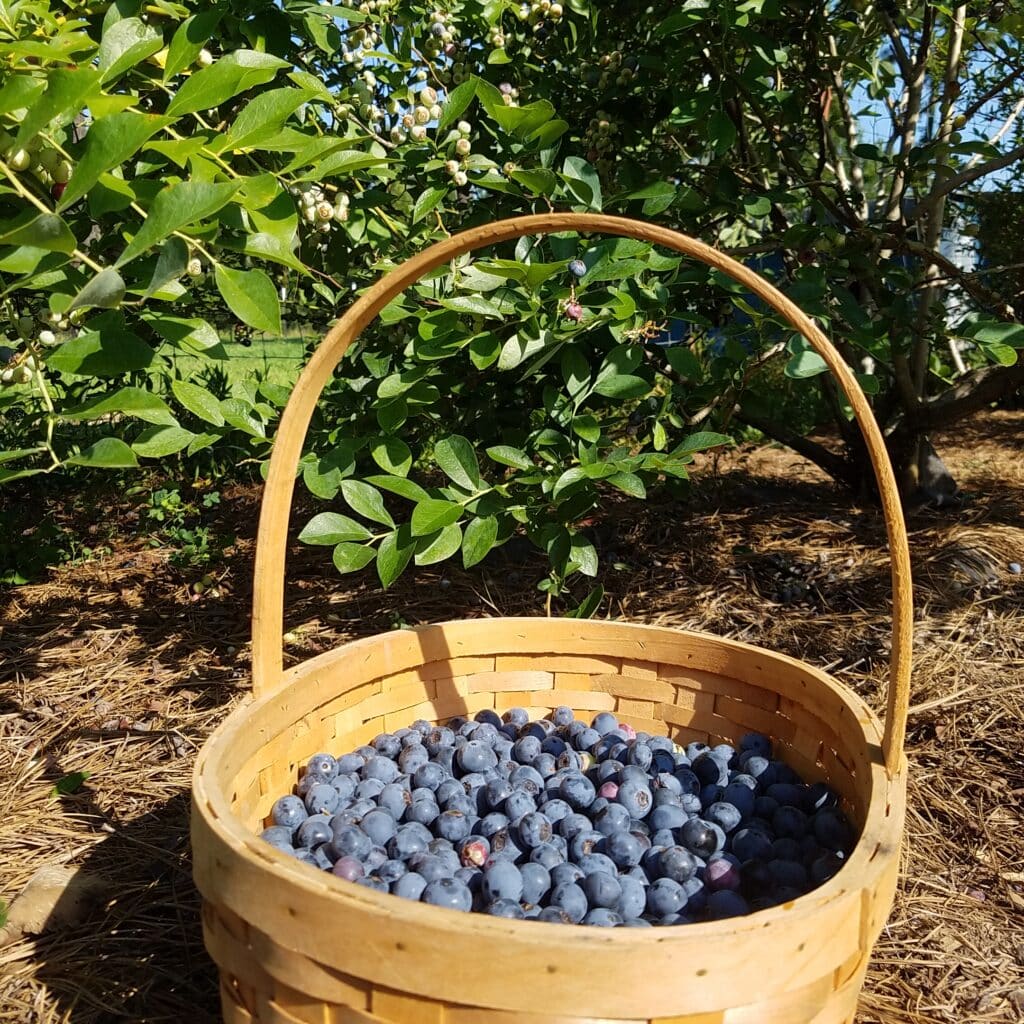
Asparagus
Like perennial berry bushes, asparagus is more of an expense in the beginning because you won’t harvest for a couple of years, but it’s an easy investment that will pay off in years or decades to come.

Expect to pay several dollars for a small bunch of asparagus at the grocery store. In contrast, a 4×12 raised bed like we have should give you a few bunches per week for a couple of months once the plants are in full production.
Luffa
While this one isn’t a crop that most people grow in order to eat, it is one that can save you money in other ways. Most people grow this vining plant to use as a shower sponge. But personally, I like to use it as a dish sponge. It does a good job of not scratching up my dishes but can scrub hard enough to get dishes clean. It’s also a fantastic all-purpose sponge for cleaning tubs, tile, showers, and grime.
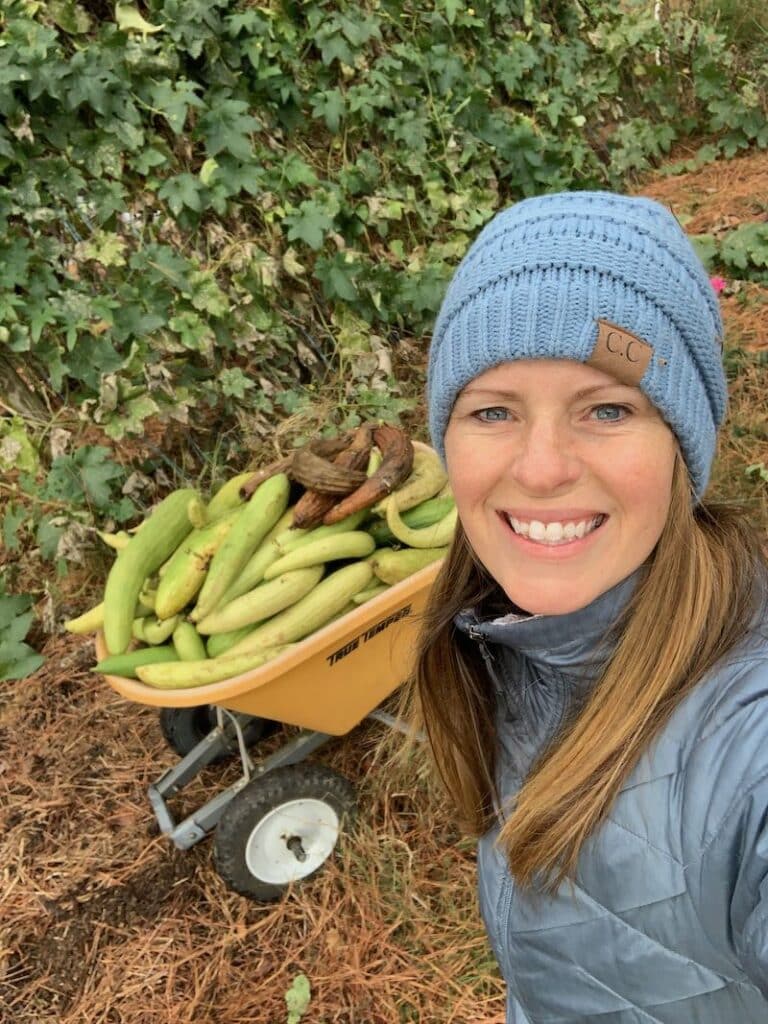
In 2021, I harvested dozens of sponges off of one plant. Once you allow them to dry out, they will store for a very long time so you can continue to use on them as you need a new one. This can save you a lot of money especially if you are constantly buying new sponges. Plus, homegrown luffa is a great gift idea!
Final Tips on Saving Money in Your Garden
Growing your own food is its own reward in many ways, but if your primary goal is to cut your grocery bill like mine was, keep these things in mind:
- Grow what you already eat
- Learn how each plant grows best
- Consider basic methods of preservation for even more savings
If you’re just starting out with growing your own food to save money, and you routinely purchase herbs (fresh or dried), I would recommend starting there! Click here for a free one-sheet download to help you know what, when, and how to plant and grow the most popular kitchen herbs.
Do you get overwhelmed with garden planning?

Subscribe here for my best tips to plan your garden in just 7 days -- all for FREE.
Plus, I'll send you my "In the Garden E-mail" on Fridays, periodic updates on garden resources relevant to you, and you'll receive access to my entire bank of free garden downloads!
You are also agreeing to our privacy policy.


